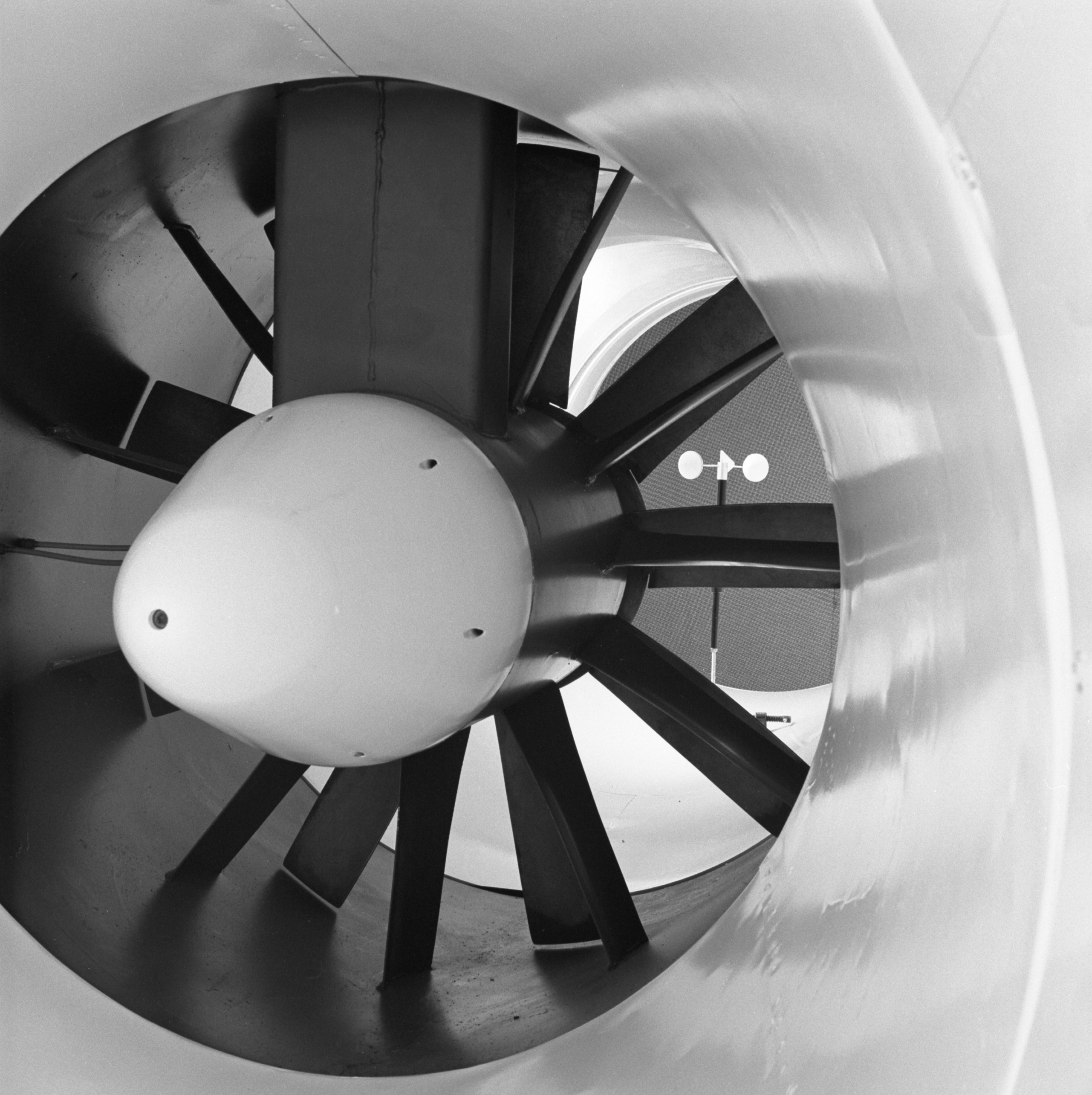Calibration Laboratory
The EOL calibration laboratory is used to evaluate and calibrate in-situ meteorological sensors and instruments. The laboratory has the capability to simulate the full range of environmental conditions (pressure, temperature, humidity, altitude, and wind speed) to which sensors and instruments are typically exposed.
The lab was created back in the late 1960s when ATD, now EOL, explored in-situ instrumentation, with the goal to evaluate commercial instrumentation. The lab increased its capabilities with the Portable Automated Mesonet Network (PAM I) development in the 1970s. Over the following years, the lab has grown, adding new capabilities such as the altitude/temperature chamber. All systems, except one, are under computer control, allowing the user to define the system's operating parameters, start a run, and come back later when the run is complete. In addition, most instruments under test can be interfaced to the computer system to collect user data. In the end, the user has a data file consisting of the system reference(s) and the user data.
Pressure, humidity, and temperature references are traceable to the National Institute of Standards and Technology (NIST) primary standards.
The specific information of each system can be found on the Calibration Laboratory Resources page about the following:
- Altitude/Temperature Environmental Chamber
- Environmental Temperature Chamber
- Wind Tunnel
- Humidity Generator
- Temperature Oil Baths
- Standard Platinum Resistance Thermometer and Super Thermometer
- Pressure Controller/Calibrator
- Deadweight Piston Gauge
Citation
When referencing the NCAR Calibration Laboratory in publications or proposals, please use the identifier 10.26023/n9s7-yv33 -- for example as a citation:
NSF NCAR Earth Observing Laboratory. (2025). NCAR Calibration Laboratory. NSF NCAR Earth Observing Laboratory. https://doi.org/10.26023/N9S7-YV33
Please be careful of line breaks when cutting and pasting the above text, and feel free to reformat to fit your document. Additional citation styles are available at DataCite or CrossCite.
